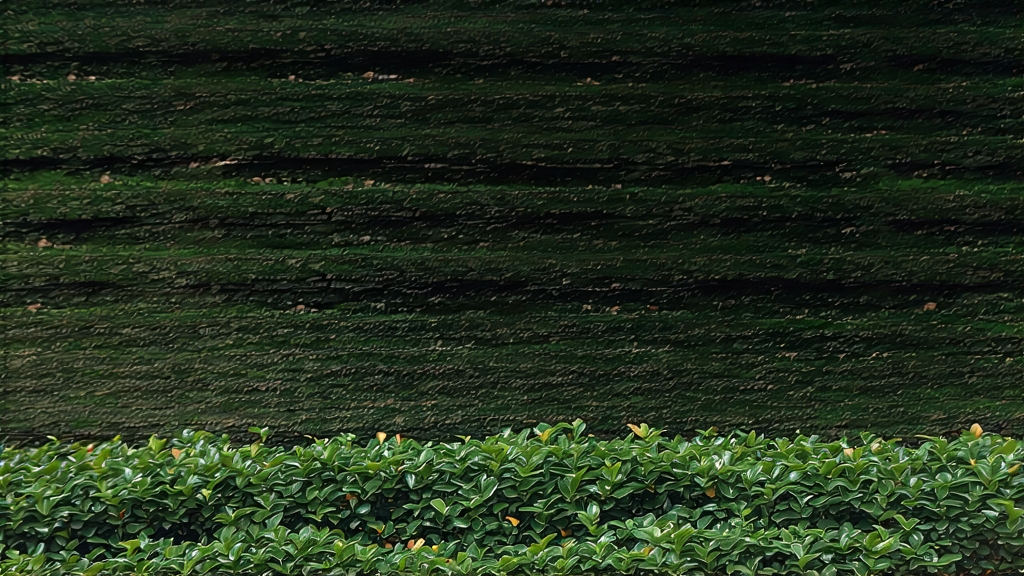
Tucked into the fog-laced slopes of Phoenix Mountain in northern Guangdong Province, Phoenix Dancong—literally “Single Bush”—is the most perfumed and temperamental member of China’s oolong family. Unlike the rolled pellets of Anxi Tieguanyin or the strip-style Wuyi yancha, Dancong leaves are long, twisted, and oxidized to a mahogany that smells like a walk through a subtropical botanical garden. One sip can cascade through lychee, gardenia, almond, and honey before settling into a mineral finish that locals call “mountain bone.”
The story begins during the Song Dynasty, when imperial exam candidates from the Phoenix region are said to have carried small pouches of mountain tea to the capital. A single bush whose leaves released the scent of ripe lychee so impressed the emperor that annual tribute of “Song Zhong” (Song Cultivar) was demanded. Over the next eight centuries, monks and farmers selected and named individual trees that expressed distinct aromas—today more than eighty “fragrance types” are recognized, from the famous “Honey Orchid” (Mi Lan Xiang) to the elusive “Ginger Flower” (Jiang Hua Xiang). Each tree is propagated by cuttings to preserve its aromatic fingerprint, creating what botanists call a living germplasm bank on steep granite terraces between 350 m and 1,200 m elevation.
Making Dancong is a dialogue between fire and fragrance. The harvest starts at dawn on rare clear days in late April when two-and-a-half leaves and a bud are snapped off by fingernail to avoid bruising. After a brief solar withering, the leaves are shaken in bamboo trays every hour through the night to bruise the edges gently; this partial oxidation allows volatile terpenes to form while keeping the leaf center green. At dawn, when the aroma hovers between peach and magnolia, the tea is fixed with a 230 °C tumble in hot woks for exactly four minutes—long enough to halt oxidation but short enough to protect the oils. Rolling follows, first mechanically to break cell walls, then by hand to twist the leaf into a dark ribbon. The critical step is charcoal baking: the tea is loaded onto sieves set over a pit of glowing lychee-wood embers whose temperature drops from 80 °C to 50 °C over eight hours. The process is repeated up to three times across two months, each bake stretching the flavor curve from bright florals toward dried apricot, roasted nuts, and a cooling menthol finish.
To unlock this layered perfume, gongfu brewing is non-negotiable. A 120 ml gaiwan or small clay teapot is filled one-third with dry leaf—about 7 g—then awakened with a flash rinse at 100 °C. The first formal infusion lasts only fifteen seconds; subsequent steeps add five seconds each. Pour in a high, thin stream to aerate the liquor, then decant completely to prevent bitterness. The color should be crystal amber with a golden rim; the aroma, captured in fairness cups, should shift from tropical flowers to baked sweet potato across six infusions. A well-baked Dancong can yield twelve rounds before the “mountain rhyme” fades.
Tasting is done in three breaths. First, sip lightly and let the liquor coat the tip of the tongue; swallow while inhaling through the nose to carry the vapors into the retronasal passage—this is where lychee and orchid appear. Second, hold the second infusion on the back of the tongue for three seconds; notice a slight numbing, like Sichuan pepper, that signals active terpenes. Finally, exhale slowly through closed lips; a cooling sensation at the throat and a lingering sweetness at the base of the palate are the hallmarks of true “mountain bone.” Professional cuppers also listen: when hot water hits the gaiwan lid, a high-pitched “ting” indicates tight, well-fired leaves; a dull “thud” suggests under-baking.
Storage is the hidden chapter. Because Dancong retains residual moisture after charcoal baking, it must rest for forty-five days in unglazed clay jars before shipping. The jars breathe, allowing “fire qi” to dissipate while rounding the edges. Once in the drinker’s home, the tea prefers a cool, odor-free cupboard; sealed in foil and boxed, it will evolve toward dried longan for two years, then plateau. Unlike pu-erh, Dancong does not improve indefinitely; drink within five vintages to catch the